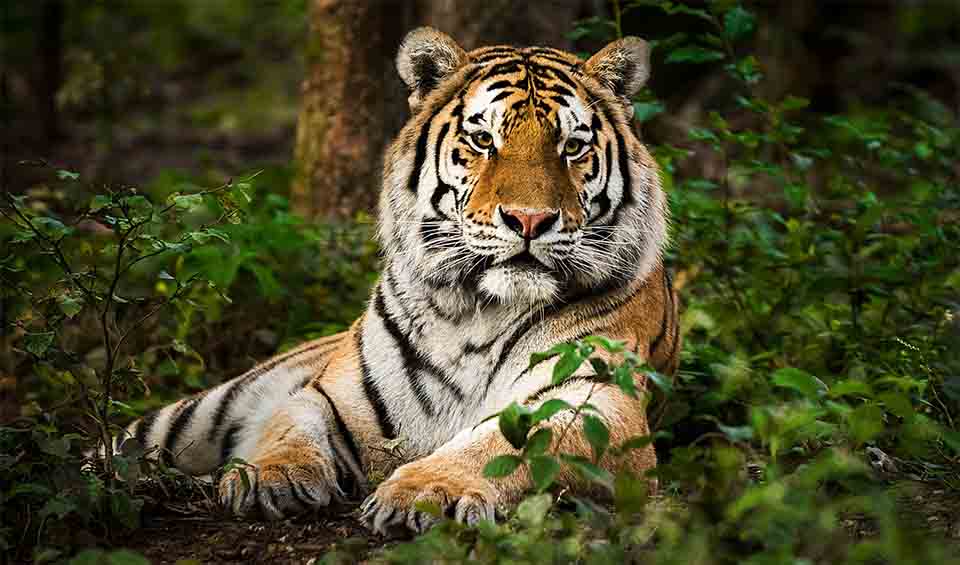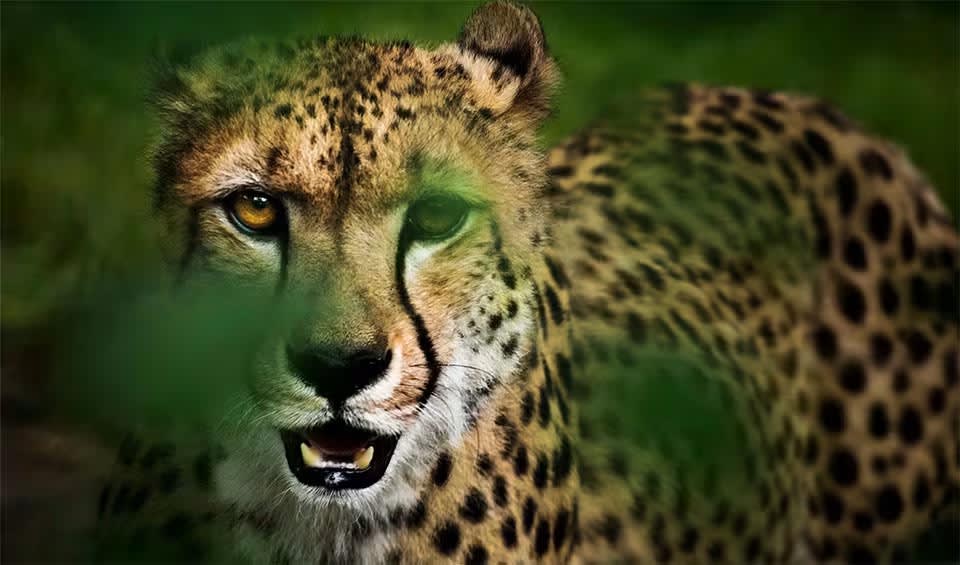A species of whale louse that lives exclusively on humpback whales, making it a perfect example of extreme host specialization. Despite its name, it’s not a louse at all, but a tiny amphipod crustacean—a distant cousin of shrimp and crabs. These small, pale creatures cling to the skin, scars, and barnacle-covered areas of humpback whales, where they spend their entire lives. They feed on flaking skin, bodily secretions, and debris, making them more like scavengers than harmful parasites. While they may cause mild irritation, they don’t burrow or suck blood like true lice.
What makes C. boopis so fascinating is its dependence on the humpback whale—it can’t live on any other whale species, and it cannot survive off its host. It clings tightly to the whale using clawed, gripping legs, even as the whale breaches, dives, and swims across oceans. Cyamus boopis is often found nestled around barnacles, wounds, or creases in the whale’s skin—anywhere it can find food and shelter. A single humpback whale can carry hundreds or even thousands of these lice at once.
Unlike many marine animals, Cyamus boopis has a direct life cycle—its young are born as tiny versions of the adults and immediately start life on the whale’s body. They don’t swim or drift, so the only way they spread is through direct contact between whales, such as when mothers nurse their calves or when adults come together to mate or socialize. This makes their life cycle one of the most intimate and host-bound in the ocean.
Distribution
 Indian ocean
Indian ocean Pacific ocean
Pacific ocean Arctic Ocean
Arctic Ocean Atlantic Ocean
Atlantic Ocean Mediterranean Sea
Mediterranean Sea Caribbean Sea
Caribbean Sea Gulf of Mexico
Gulf of Mexico Okhotsk Sea
Okhotsk Sea Bering Sea
Bering SeaAnything we've missed?
Help us improve this page by suggesting edits. Glory never dies!
Suggest an editGet to know me
Terrestrial / Aquatic
Altricial / Precocial
Polygamous / Monogamous
Dimorphic (size) / Monomorphic
Active: Diurnal / Nocturnal
Social behavior: Solitary / Pack / Group
Diet: Carnivore / Herbivore / Omnivore / Piscivorous / Insectivore
Migratory: Yes / No
Domesticated: Yes / No
Dangerous: Yes / No




